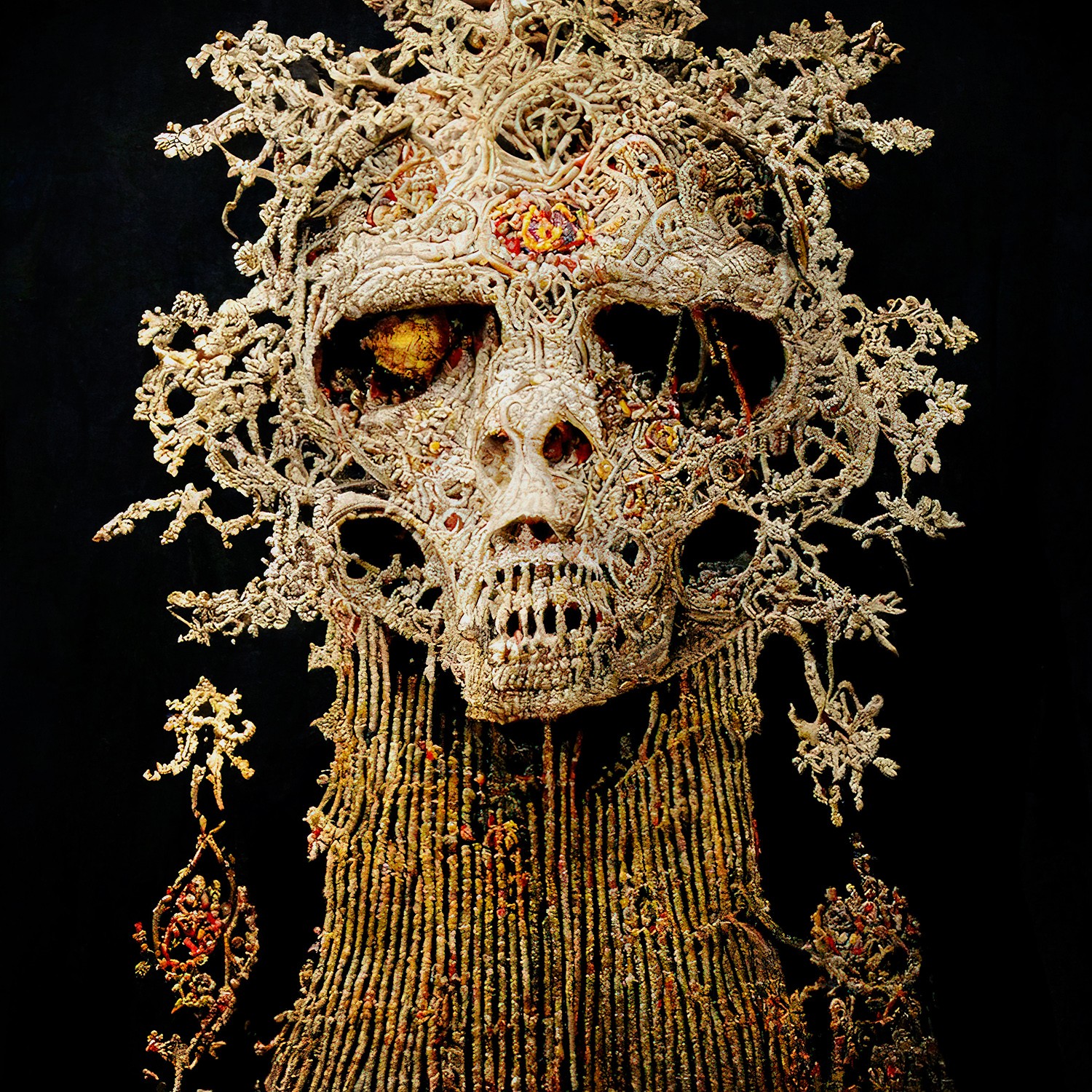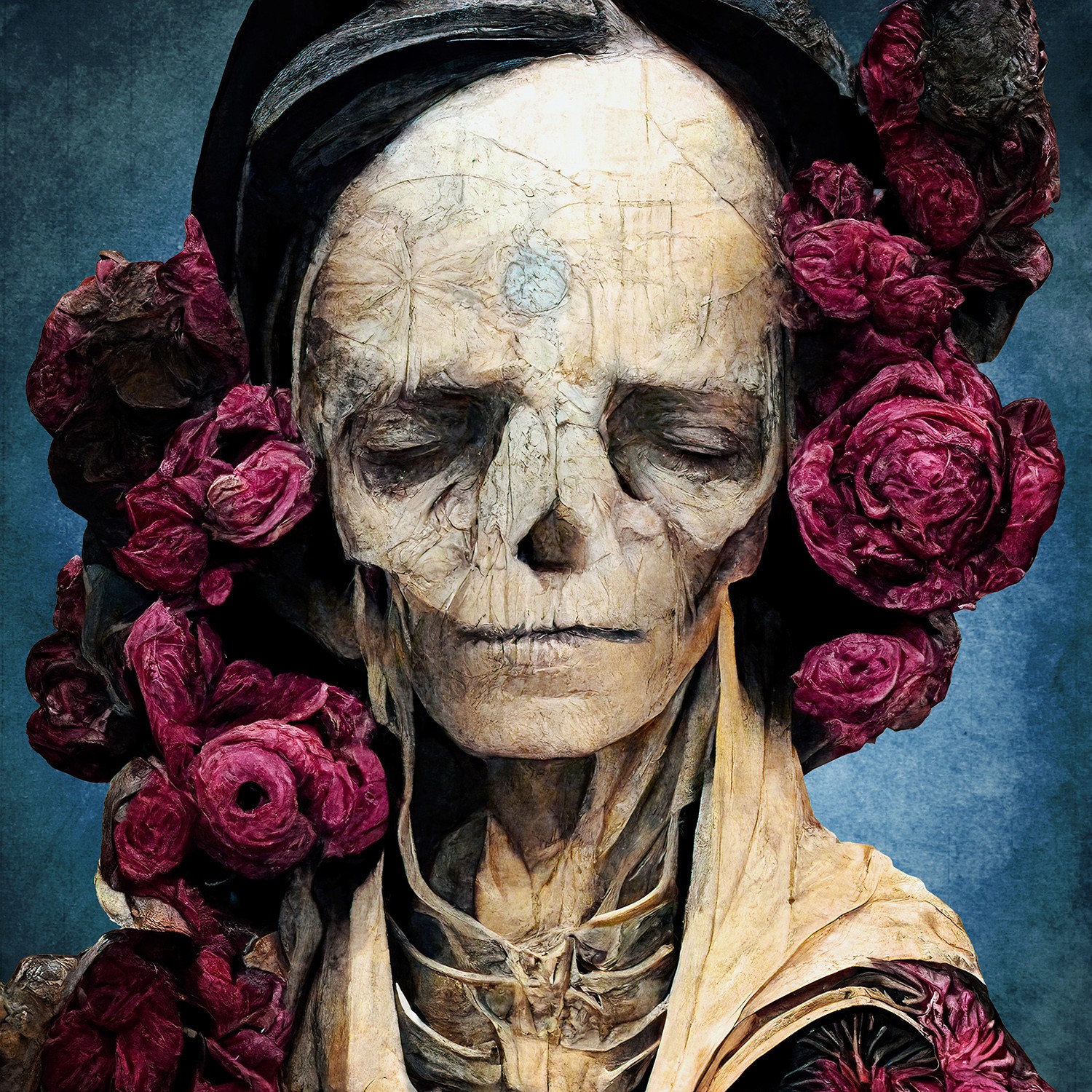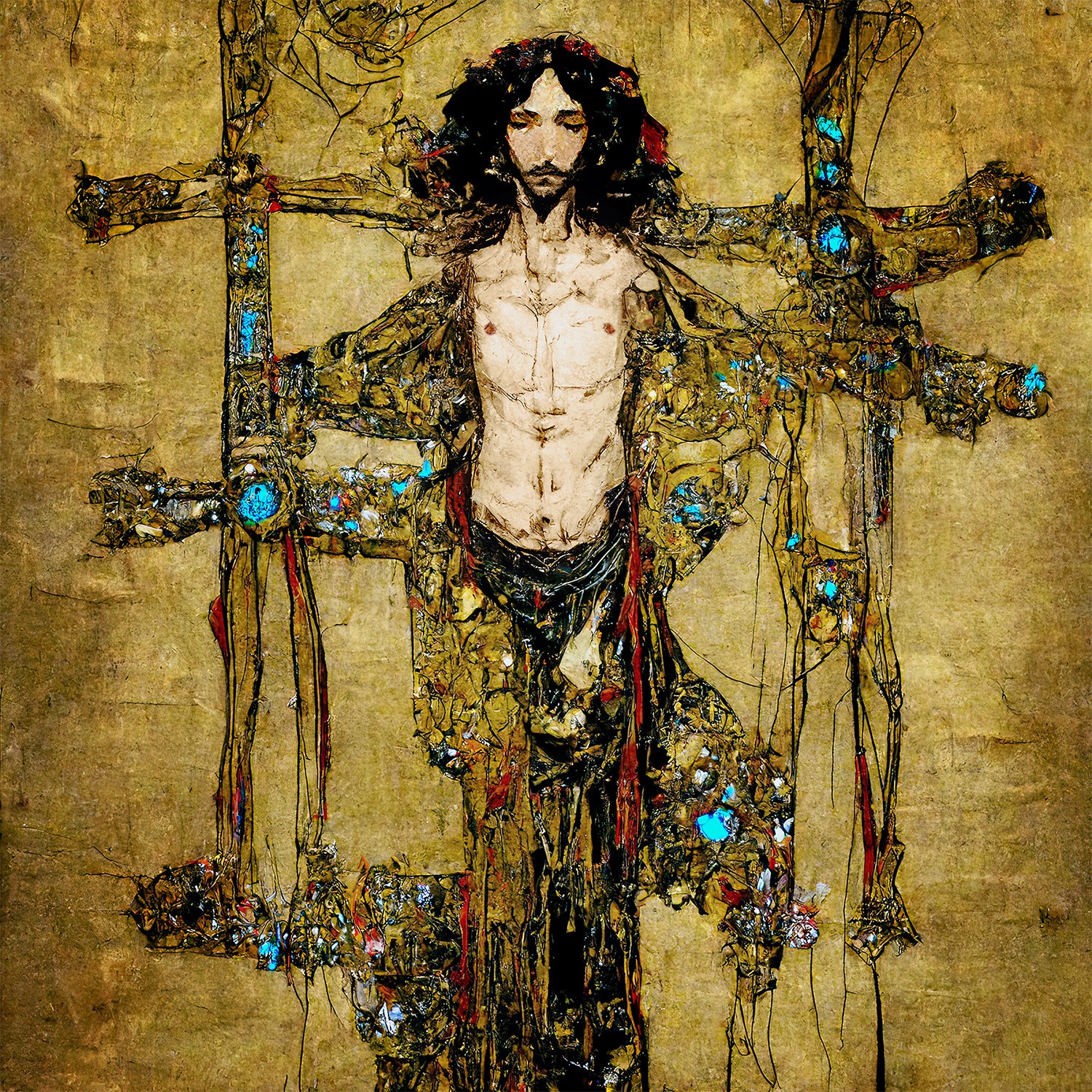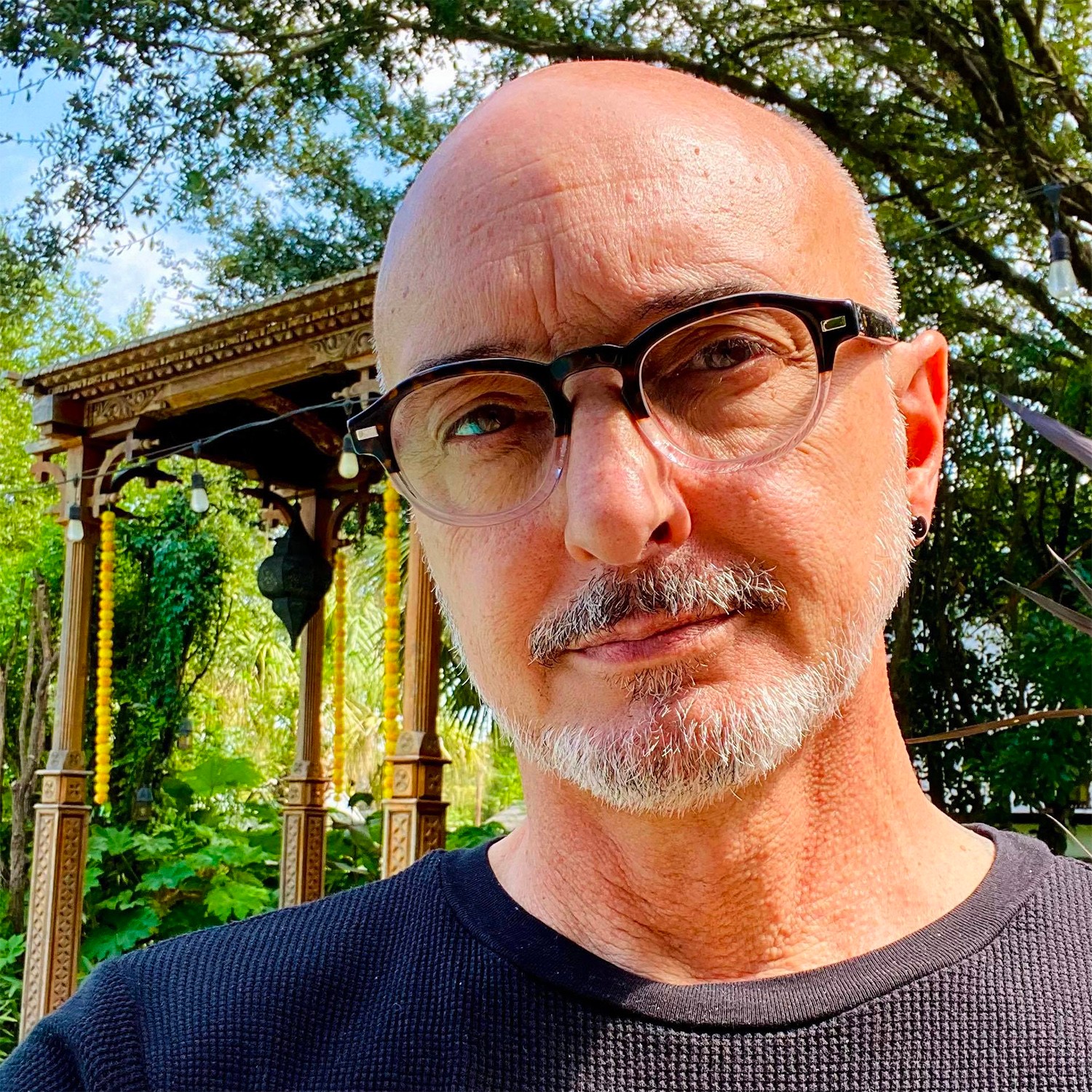We recently connected with Skottie O’Mahony and have shared our conversation below.
Alright, Skottie thanks for taking the time to share your stories and insights with us today. Did you always know you wanted to pursue a creative or artistic career? When did you first know?
I’ve been involved in some type of art or creative endeavors all my life. I knew when I was very young that this was to be my path in life, but I must admit, it has been a rollercoaster to get where I am today.
In 4th grade I had an Art Teacher who recognized that I had potential, and she was looking for a helper in the art room. Someone who would prepare materials for classes, help with inventory, and come up with ideas for class exercises. I absolutely loved that job and my Art Teacher, and this is when I decided that I was going to be an Art Teacher when I grew up. At the time, I didn’t realize you could have a career creating art, not just being a teacher.
Along with my art interests, I also loved gardening. Because of these two interests, I attended Penn State University, and I thought a career in Landscape Architecture, blending both of my interests, was to be my future. Instead, the graphic design aspect of Landscape Architecture caught my interest, and I changed my sights to pursue Graphic Design instead, graduating with a hybrid Bachelor’s degree in Fine Art with an emphasis in Landscape Architecture and Graphic Design.
I landed in Branding and Marketing, which led to Publishing and becoming an Art Director for many magazines. I followed this career for ten years and loved working with illustrators, photographers, and writers, learning so much from everyone that I worked with. When the internet came around, I moved to online publishing and ultimately to User and Product Experience design and managing global teams. Thirty-five years passed before I touched fine art again.
I was challenged by my friend Anjali, and my brother Shawn, to join a 365-day Art Challenge on Facebook. My husband, Jeff, was incredibly supportive of this commitment, and it was there that I realized that Fine Art was truly my passion. Although I continue to work in the tech industry, I have been pursuing a Fine Art Career as my side hustle.




Awesome – so before we get into the rest of our questions, can you briefly introduce yourself to our readers.
I have always had a lot of diverse interests: art, fashion, interior design, gardening, hybridizing, global issues, travel, studying cultures, getting involved with nonprofits, etc. Add to that, I’ve lived my life with ADHD, dyslexia, arithmomania, (a counting obsessive-compulsive disorder) and semantic paraphasia, (where an entire word is substituted for the intended word). The way my brain works has caused some problems in my life and is part of the reason I am an introvert, but it has also opened rare opportunities because I am uniquely wired. I experience the world differently and my relationships with people and my environment tends to be shifted from the norm. I make unexpected connections, I see patterns where others see chaos, and I get hyper-focused when I find something that interests me.
In my career I’ve been able to leverage these unique connections to pitch ideas like combining two magazine features that were promised to our advertisers at Seattle Magazine, but we only had budget for one: a fashion feature and a story showing the unique new buildings under construction in Seattle. I suggested we combine the two, which some folks thought was crazy, shooting the fashion models at the locations of the construction sites, but I proved crazy can lead to success as those final spreads landed publishing awards for the magazine, the photographer, and me.
Similar connections have paid off throughout my career.If someone has a son or daughter who is neurodivergent, or differing in mental or neurological function from what is considered typical or normal (frequently used with reference to autistic spectrum disorders), people should know they have every bit as much potential as their peers.Many companies are starting to realize that hiring neurodiverse talent can not only diversify a workplace, but it can lead to new and unique ideas and directions that have great potential for success.
Which brings me to hybridizing, which is something that I have always found fascinating. When I was young, I hybridized tropical fish, in later years I’ve hybridized daylilies, brugmansia, iris and other plants. Most recently I have found that I can also hybridize in my art. My obsession with combining two different things to make something new sits very well in the Hybrid Art world. I am especially interested in AI-assisted (Artificial Intelligence) art, and all of the pieces that accompany this interview show my most recent hybrid art.
As a plant or flower hybridizer, you combine the characteristics of two different plants or flowers through pollination, which produces seeds that you plant to see what that combination has created. Visiting my hybrid daylily beds in the Spring is like Christmas — every day as there are blooms on plants that nobody has ever seen before, each unique.I create these new flowers with the help of Mother Nature, who can really throw in some curve balls and create something completely wild and wonderful.
Hybrid Art is very similar in that you are combining things that result in something new, such as when you combine two or more faces in ArtBreeder, and through the use of this AI software, it results in a face that has characteristics of both but is often new and often unexpected. More recently I’ve been using text to image AI software to create a starting place for my art.In these apps, you create, test, and refine text prompts to direct the software to generate a specific style, size, subject matter, etc.
Midjourney, which is the software that these works were created in, is just one of many text-to-image generation apps similar to OpenAI’s DALLE-2, Angus Russell’s NightCafe Creator, and Stable Diffusion’s DreamStudio.Each program uses a network of images (around 400+ million, found all over the internet) to generate unique images based on the text prompts provided. I then select a resulting image, upscale it for printing in Topaz Lab’s Gigapixel AI, and continue to refine the imagery using Photoshop or Procreate. Once printed, I can add further embellishments such as ink or paint details, gold or silver leaf, collage elements, etc. It sounds complicated, and it is, but it has opened my mind and my art to unlimited possibilities.
There is currently a lot of controversy about AI-generated or Hybrid Art as to whether it is “real art” or some shortcut. As with any art form though, there is good and bad, masters and beginners.Each art form has been hazed at one point or another, and usually critics simply move to their next shiny ball art form to criticize. There is room for all of it since I feel that art is subjective and if you don’t like it, don’t buy it — if you do, hang it proudly and enjoy it. Art is to be shared and provoke thought, make a statement or present something beautiful though the eyes of the artist. In Hybrid Art, it is simply more of a collaboration between man and machine, vs two artists.
I was raised in Pittsburgh, Pennsylvania and immersed in politics most of my life. My mother, Charlotte, was active in local politics and she instilled a sense of justice in me at an early age. She was generous, opinionated, the consummate host and always supported and encouraged my artistic interest. My father, Bob also supported me in my art and taught me how to garden, often sharing stories of when he was stationed in Japan in the military and the beautiful gardens he saw there. He also shared the Japanese aesthetic he so resonated with. I also spent a lot of time watching horror, Sci-Fi and monster movies with him, as he was a huge fan of those genres.
My mother loved Christmas and Halloween and her side of the family also exposed me to a lot of funerals, and more walks that I can count in the Allegheny Cemetery to pay respects, while enjoying this beautifully landscaped memorial park. Memories of those who passed were held dear, shared readily and oddly, most of my family had cemetery plots long before they passed, and we’d visit those as well, seriously. I recall my Aunt Mayme telling me each time we’d go and see my Grandparent’s graves, “I’m going to be right next to Uncle Pete over there, also in the Garden of Peace.”
No surprise, I became somewhat of a Goth for many years. This subculture of misfits has a penchant for dark music, dark fashion, and a love for the macabre. This scene was very enticing as I loved going to alternative dance clubs and everyone accepted me as I was, unlike the folks who bullied me most of my life for being different. These dark influences certainly show in the art I am sharing in this interview, but if you take a peek at my SkotoArt website, you’ll see my creative range is quite broad. I see the macabre as something that can be beautiful though, mystical, magical, surreal, unexplained, and existential. Artists who inspired me in my youth remain forces of inspiration for me today: Käthe Kollwitz, Egon Schiele, Salvador Dalí, Vachagan Narazyan, to name a few.
I am also heavily inspired by my parents and I’m most definitely a “hybrid” of them both. I still love the movie genres my Dad loved. He was a machinist and used to bring home metal rejects that were unusual and fascinating. He’d take my brother and I to visit the steel mills in Pittsburgh, which were ominous, dirty and super cool. Their presence was very prominent in my youth and the industrial elements of that period show in my work. My art often has an element of justice, statements about our bigoted and racist world, religious hypocrisy, environmental and sociopolitical influences as well. My art is definitely baked from the ingredients of my upbringing and my inherent misfit mind.
Alright – so here’s a fun one. What do you think about NFTs?
I have a naturally inquisitive mind and consider myself an ever-learner. Currently I’m exploring the world of NFTs taking two classes via Udemy.com, an online learning platform. As a Baby Boomer, I find all this new technology daunting and confusing, but NFTs are still in their infancy, and as with most things in their youth, they need to go through an awkward phase before they mature and find their place. I believe NFTs, once the marketplace websites improve, people learn about their value and relevancy, and NFTs become more accessible, they will have their place as one of many types of digital currency — and an opportunity for artists to explore another source of income.




Let’s talk about resilience next – do you have a story you can share with us?
I’ve struggled in many ways throughout my life and I wouldn’t change a thing. As someone who is neurodivergent, (as mentioned before), it has presented problems with reading and being understood in many situations. I see these as blessings now.
My family was never wealthy, but my brother and I rarely wanted for much as my mother especially found ways to have gifts under the Christmas tree and get us new clothes for school. Watching my family make a happy home from so little taught me resilience and a very strong work ethic. That lack of wealth taught me that I needed to find ways to make money on my own at an early age, so as not to burden my family further. I hybridized fish, mowed lawns, designed and maintained gardens to make money. I learned how to cut hair and worked as a stock boy and window washer, all to save money for college.I paid for college on my own, through good grades and being eligible for grants and loans, and working two or three jobs on top of that. Throughout the five years I attended Penn State, I had 11 different jobs. I learned as much as I could from each and value that work experience, as much as my college education, to this day.
I knew that I was gay at a very early age and was bullied a lot throughout high school. Interestingly, most of the bullying that I endured in high school was not because of being gay, but because I had friends who were black, and Pittsburgh is plagued with a great deal of racial and social ignorance. When I found the Goth, Punk and Mod communities in college, where I was accepted for who I was, no questions asked, I was then bullied for being part of that crowd or feared by others who thought (seems crazy now) that I worshiped the devil. I find vincible ignorance to be one of the most unwelcome of human characteristics, as this is so easily undone when one is open to knowing more about a culture, individual or thing and applies reasonable diligence to understand or relate.
I have fought ignorance and injustice my entire life and am no stranger to speaking my mind in a public forum or on social media. The global pandemic of HIV/AIDS (human immunodeficiency virus infection and acquired immunodeficiency syndrome) hit my community in 1981, but our President at the time didn’t even mention HIV/AIDS until four years after the first cases of AIDS were announced in Los Angeles. By 1986 I would see no less than 35 of my dearest friends succumb to the disease. There was little effort to cure it, it was a “gay disease” or “God’s punishment”. I have lost far too many friends and close acquaintances; I stopped counting after 200.
So, a real presence of death has always been a part of my life. It surfaces in my art in many ways. I apparently died twice when I was extremely young and was resurrected by medical professionals. I have also had several life-threatening events during my life. I was struck at close distance by lightning and was given six months to live from a misdiagnosis of a congenital brain formation as severe encephalitis, an inflammation of the brain.My husband of 34 years, Jeff, has been my rock throughout much of this and I wouldn’t be where I am today without him.
All of these things have only made me more resilient and as I get older I am also more and more vocal sinceas I want to leave an impression on this world — a very positive one if I’m lucky.
Despite everything that I have been through, I now live a pretty remarkable life. I had an opportunity to design and build the home we live in and we collect art from artists all over the world. I always dreamed of designing and managing a botanical garden and have been able to do that on our nearly two acres in Austin, Texas, our botanical gardens are called Tanglewild Gardens. I have a solid career in design, having managed global teams for Amazon, PayPal and General Motors. Currently I am a Senior Director of Product Experience for Bazaarvoice, which I love, and have a great team that I work with. I have traveled the world and have an amazing chosen family and group of friends. My family is awesome, I am very close with my brother and his husband, and my in-laws are wonderful. My husband is my best friend, my rock, my world. I am blessed beyond words.
Contact Info:
- Website: https://www.skotoart.com/
- Instagram: https://www.instagram.com/skotoart/
- Facebook: https://www.facebook.com/skotoart
- Linkedin: https://www.linkedin.com/in/skoto/
- Twitter: https://twitter.com/skotoart/
- Other: You can also find me on Discord @skotoart, or @tangleiwldgardens on Instagram, Facebook and Google.
Image Credits
Portrait is a selfie, Skottie O’Mahony, and the art images are all my digital creations. Art in settings images are purchased images from Adobe Stock.


